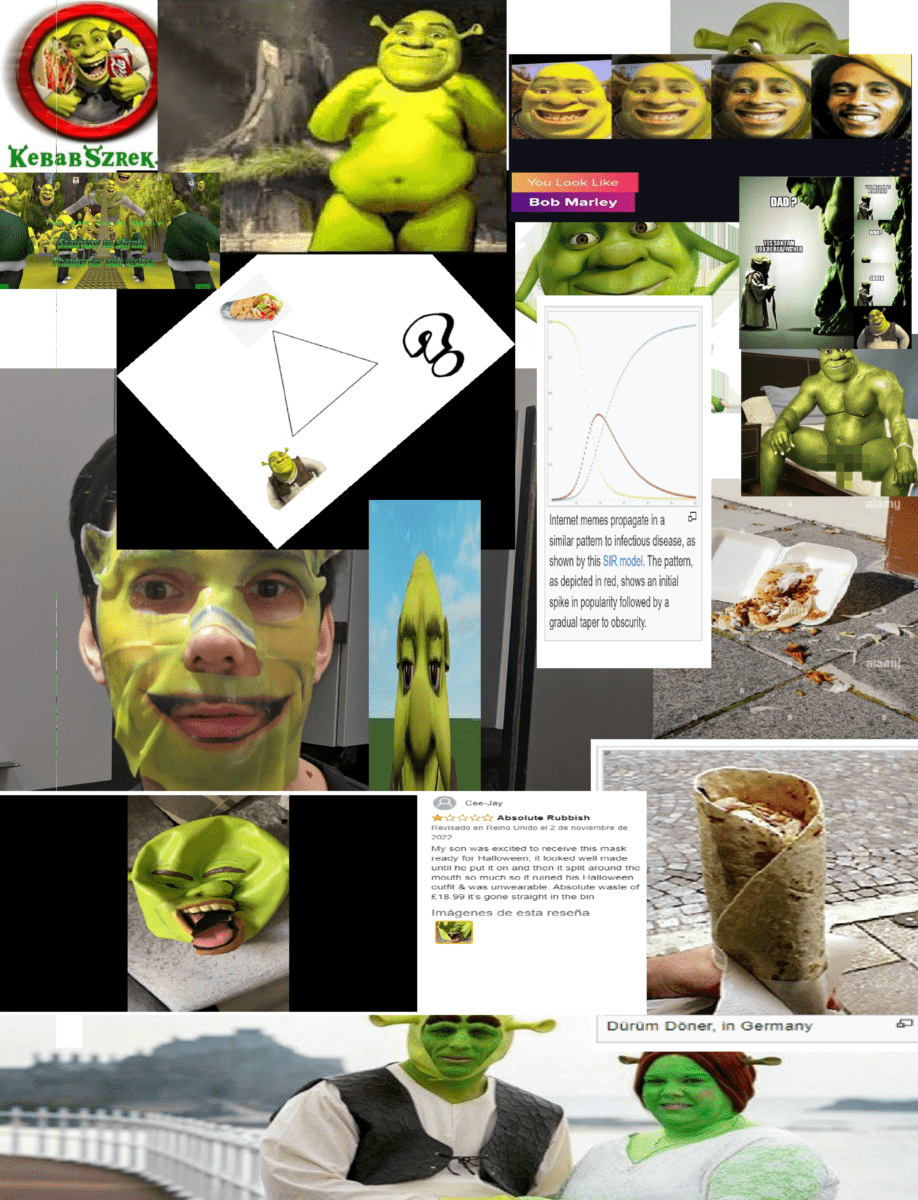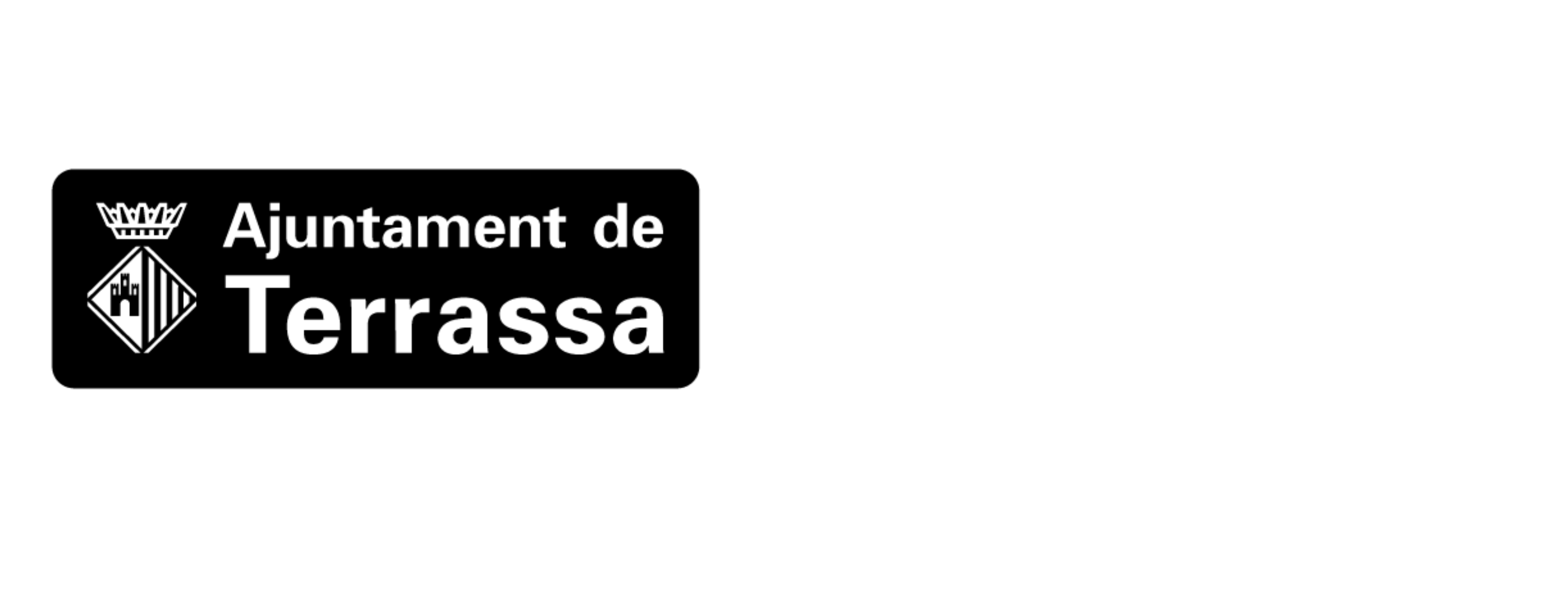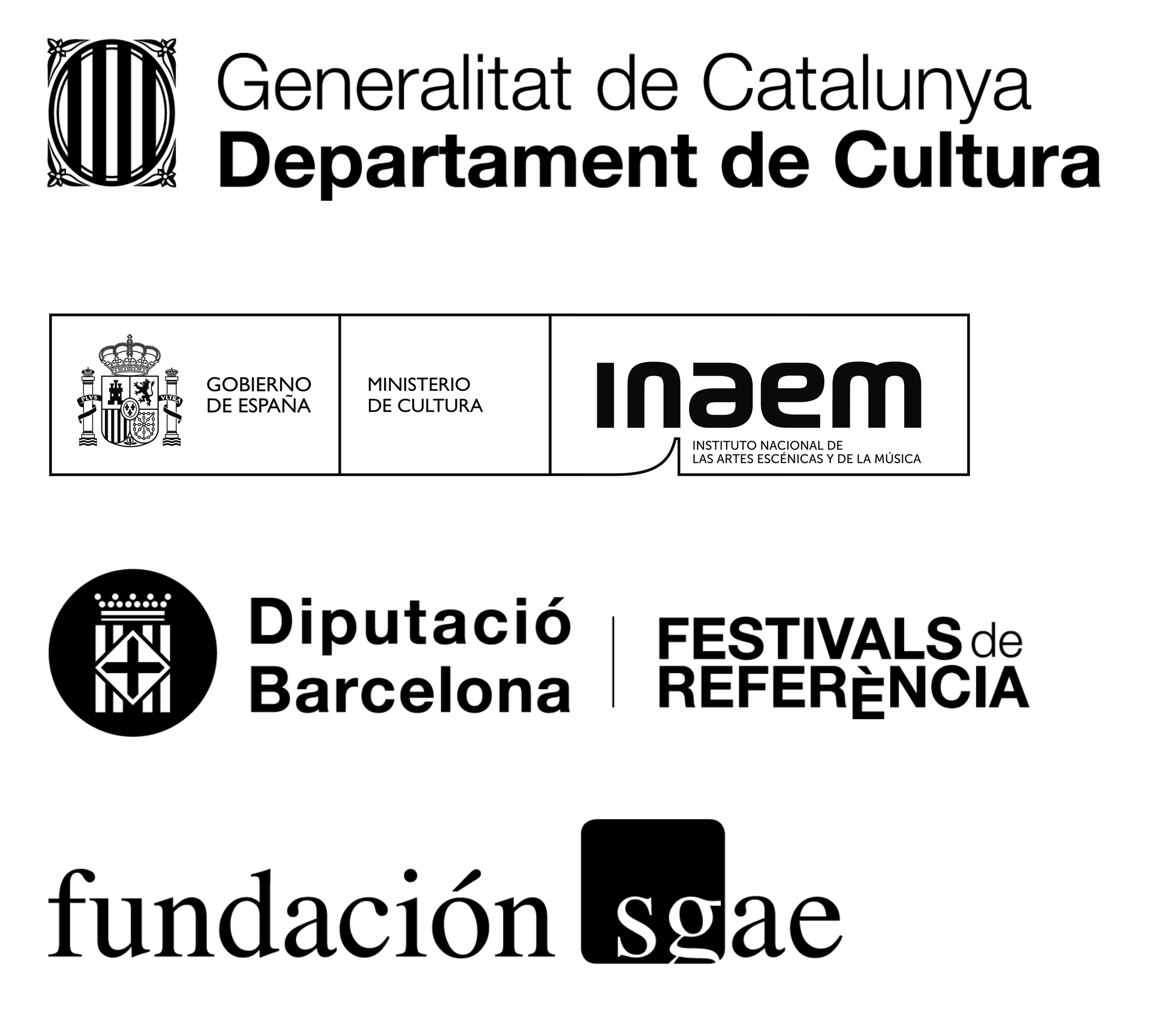SIRENES I ROBOTS
Tarta Relena i Joan Llort
Thursday 2, Friday 3 and Saturday 4 October
Teatre Principal - Sala Cúpula
Free

· Saturday, 4 October at 12:00 and at 17:00
📍 El Corralito CCA
(see the location on the map)
55 min
Catalan (English Surtitles)
4 €
What do Shrek, kebabs and the Bosnian War have in common? Let Eduard Olesti explain, a seasoned inventor of realities and a master of drawing connections that nobody else sees. Although he describes this piece as an academic yet celebratory lecture, it’s best approached as one would a David Foster Wallace chronicle: with complicity, curiosity and a healthy dose of caution. What Eduard has prepared is a travelogue, a personal pilgrimage to Srebrenica, the scene of a massacre in 1995, the very year he was born. This descent into hell is not only geographical but also biographical and mnemonic. Because… what remains of that massacre today? Who remembers Srebrenica when every day brings a new genocide?
If Dante ventured into hell with Virgil at his side, Eduard does so in the company of Shrek, with the stench of sulphur and roasted kebab in the air. Because he speaks from a generation that has consumed too many images of hell: in foul swamps, fiery pits and freshly harvested wheat fields. Surrounded by a profusion of apocalyptic imagery, it’s hard to separate fact from fiction, and even harder to process it.
So sit back, lower your expectations (because this might take a while) and prepare to hear the tale of a traveller laying out his truth from A to Z (PowerPoint included), dragging with him the impossibility of speaking, and yet speaking like a modern Fitzcarraldo lugging the weight of his own story and absurdity on his back, addressing you directly. But in search of what? Mercy? Truth? Comprehension?
Maybe this all sounds a bit too serious. Let’s not forget there are orcs and ogres involved here, and a good deal of laughing at ourselves. Because Eduard’s like that. Never short on irony or self-ridicule.
Shrek, kebabs i la caiguda de Iugoslàvia is presented in collaboration with El Corralito, which for years has been supporting young creators willing to work tentatively, without needing to be too certain about the outcome.
Artistic Credits
Created by Eduard Olesti.
With the participation of his good friends (Maz Azemar, Rita Capella i Margarit, Enric Lizano and Marc Molins)
Supported by the BCN CREA grant, awarded through Fundació Brossa.
This work has received a grant for artistic creation, research, and innovation from Departament de Cultura.
Acknowledgements: Roger Bernat, Rut Girona, Berta Osés and the goodwill of El Corralito.
Hosted by:

Collaborators:

Media partners: